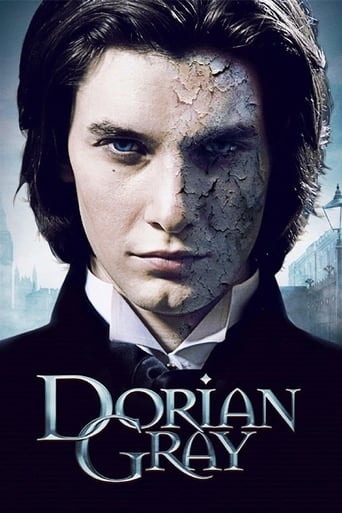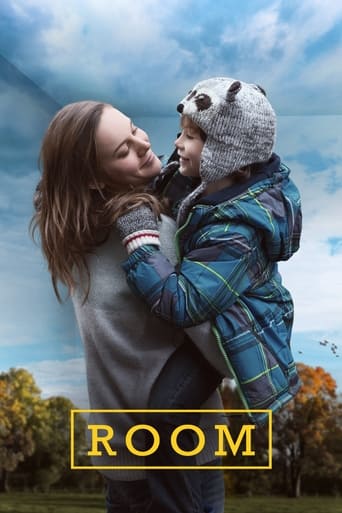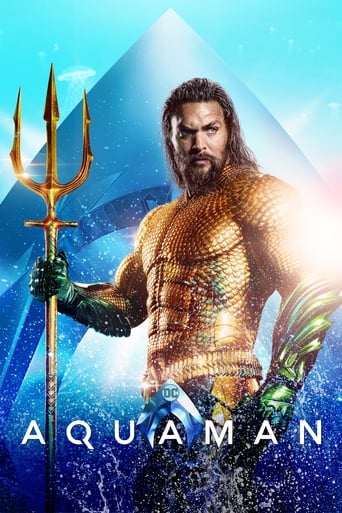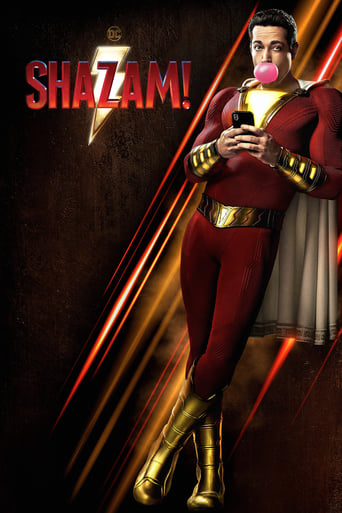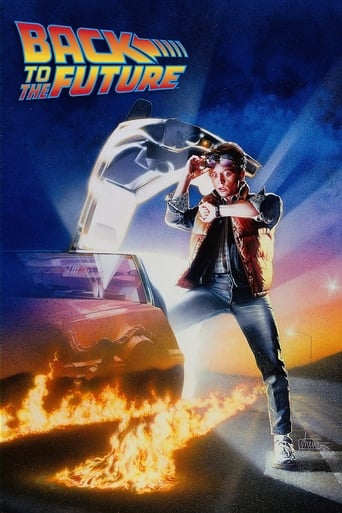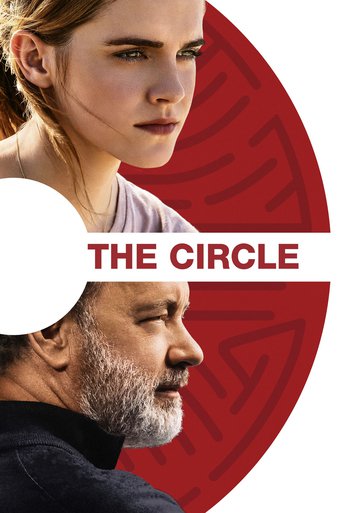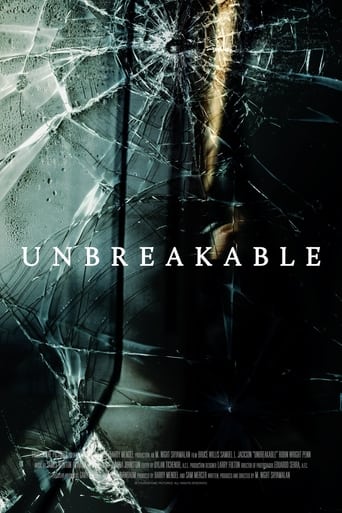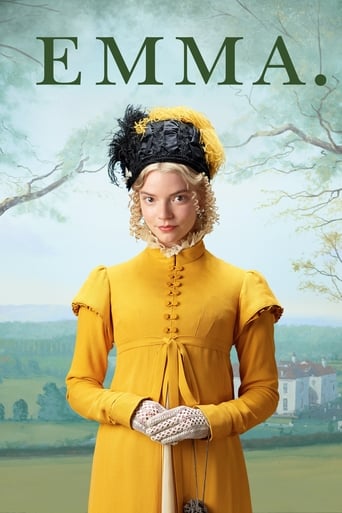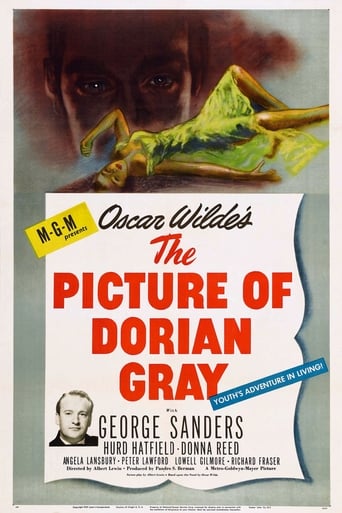


The Picture of Dorian Gray
Posing for a portrait, Dorian Gray talks with Lord Henry Wotton, who says that men should pursue their sensual longings, but laments that only the young get to do so. Taken with the idea, Dorian imagines a scenario in which the painting will age as he stays youthful. His wish comes true, and his boyish looks aid him as he indulges his every whim. But when a stunning revelation forces him to see what he's become, Dorian faces some very dangerous questions.
-
- Cast:
- Hurd Hatfield , George Sanders , Donna Reed , Angela Lansbury , Peter Lawford , Lowell Gilmore , Richard Fraser


Similar titles
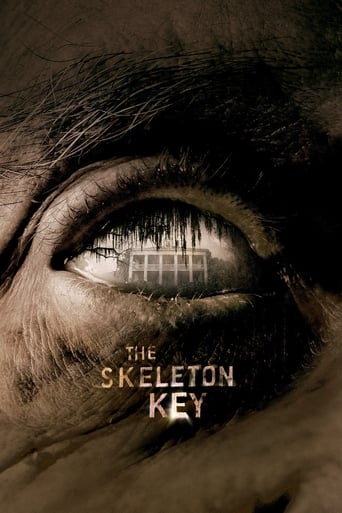
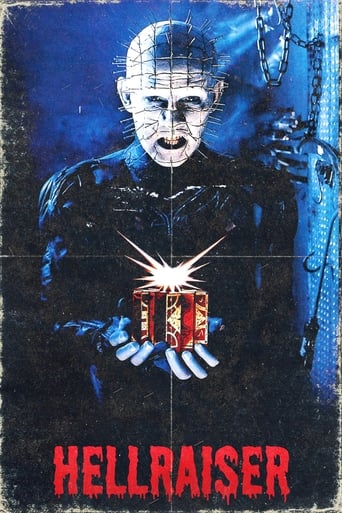
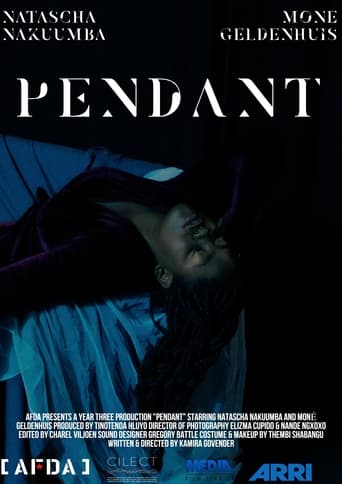


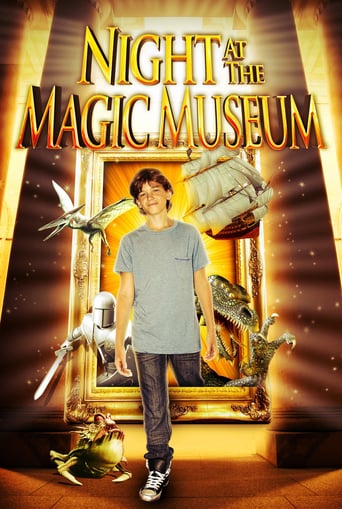
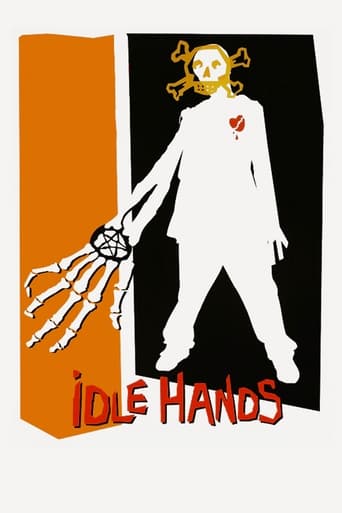
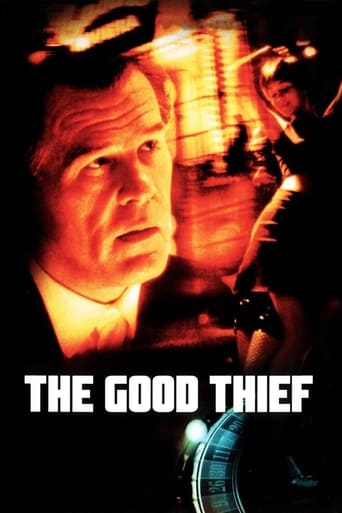

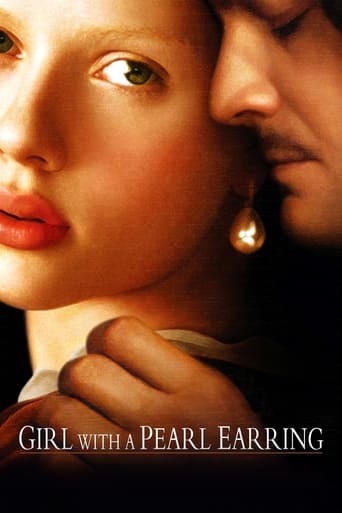
Reviews
Very Cool!!!
Save your money for something good and enjoyable
Absolutely Brilliant!
The performances transcend the film's tropes, grounding it in characters that feel more complete than this subgenre often produces.
Oscar Wilde's novel was one of the most convoluted but simultaneously fascinating and original stories I ever read, and it immediately made me suspect that a good or even half-decent film adaptation simply wouldn't be possible. But here we have a genuine Hollywood rarity; - namely a film version that is both respectful and doing justice to the source material! After having seen this 1945 version, directed by the extremely underrated director Albert Lewin, I don't think I can ever watch any of the numerous film versions that were released since. They just cannot be as good, period. Admittedly you must be in specific sort of mood to watch a film like this. "The Picture of Dorian Gray" is slow-paced, patiently taking its time to introduce the lead characters and even additionally clarifying the events via a stern voiceover. There's hardly any action or excitement, but it thrives for 200% on unsettling atmosphere and sublime performances of the stellar cast members whom almost literally melt together with their characters. The plot is an intelligent variation on the Faust theme. As soon as his close friend Basil finished his impressive portrait, young aristocrat Dorian Gray openly wishes to exchange his soul for eternal youth and power. Wouldn't it be wonderful if, instead of himself, his portrait would carry the consequences of Dorian's natural aging process and his lush escapades? This simply but highly efficient concept is brilliantly elaborated over a span of twenty years, with Dorian Gray slowly but surely descending deeper into corruption. Lewin also creates a magnificent Victorian atmosphere, with lavish turn-of-the-century decors and beautiful cinematography. Hurd Hatfield is fantastic as Gray; a stylish and sophisticated devil in disguise. Angela Lansbury and Donna Reed are breathtaking beauties with great acting talents, but the show is unmistakably stolen once more by George Sanders. Even though his role as Lordy Henry is, strictly seen, quite irrelevant, Sanders nevertheless draws all the attention to him. Sanders truly was one of the greatest and most fascinating, but sadly underrated, actors in history.
Even MGM and the Production Code could not Diminish the Power of Oscar Wilde's Controversial and Classic Novel. The Book was Widely Read and Given Wild Criticism in Typical Victorian Dismissal as Decadent and Diminishing. One Critic said Something Like...It will destroy any young mind that it comes in contact with (paraphrasing), the Critic seems to compare the Book to a Venereal Disease.But that was Wilde's Cross to Bare, a Free Spirit Genius with Hedonistic Tendencies Living in an Era of Snobbery and Repression. The Film is a Worthy Mid-Forties Hollywood Production of a Gothic Grotesquery, a Philosophical, Psychological, and Social Rumination that has a Stunning Look and is Well Acted and Presented with Some but not All of the Novel's Explorations of the Soul and Man's Desires, that are not only Hampered by Societal Restraints and Religious Rigor, but by Time Itself.George Sanders Stands out as Lord Henry, but Delivers Wilde's Witticisms at an Accelerated Pace and some of the Profound Proes is Lost in the Hurray. Hurd Hatfield as Dorian Gray is Like a Sculpture (frozen in time) so it may be Somewhat Apropo. Angela Lansbury's Short Part is Given a Lot of Ink and an Oscar Nomination. Donna Reed and Peter Lawford show up but are Unremarkable and Forgettable.The Portrait Itself is a Co-Star and is Infamous and 1940's Audiences must have Shrieked at the Initial Sight of it. The Artwork Hangs in a Museum in Chicago.Note...The prolific and witty Oscar Wilde was a Journalist, Poet, Playwright, and Social Commentator. But this is His only novel and it is for this that He is most remembered. If not for His open Bi-Sexualty and an advocacy to live a life free of conventions.
A young and innocent man named "Dorian Gray" (Hurd Hatfield) is having his portrait taken by an artist by the name of "Basil Hailward" (Lowell Gilmore) when he happens to make the acquaintance of an aristocrat named "Lord Harry Wotton" (George Sanders). Unfortunately for Dorian, Lord Harry turns out to be an extremely bad influence upon him from the very start and it is during this time that Dorian wishes aloud that his portrait would age instead of himself. Unknown to him, an Egyptian statue of a cat which is supposed to be one of the 73 great gods of Egypt is in the room and it grants Dorian's wish in exchange for his soul. In due time Dorian changes—for the worse. Yet as he changes his portrait proceeds to capture his age and wickedness while he continues to look young and innocent through the years. Now, although this movie was produced in 1945 it still manages to retain much of its horror and intrigue. In that regard I thought both Hurd Hatfield and Lowell Gilmore performed in an excellent manner. On that same note I should probably also mention that Angela Lansbury (as "Sylvia Vane") won an Academy Award and a Golden Globe in a fine supporting role. In short, unlike the portrait, this movie ages quite well and I give it an above average rating.
Based on the novel by Oscar Wilde, "The Picture of Dorian Gray" tells the story of a handsome young man corrupted by the opinions of an eloquent elderly gentleman (brilliantly played by George Sanders), who induces the former into seeking only pleasure in life. To achieve this purpose, the young man sells his soul through some sort of black magic, in order to remain youthful his whole life. Contrarily to his face as seen by the aging people around him, Dorian's hidden painted picture instead becomes rotten, dreadful and horrid, changing every time his soul descends more and more into darkness. The source of his misery is never revealed, but some crimes on the way are. Eventually, Dorian becomes sick of his world of lies and deceit, and stabs his portrait, actually stabbing his own chest, later being found dead and disfigured by the evilness of his deeds.Classic books are extremely hard to adapt into movies or television series. Filmmakers must thus avoid many common mistakes. One of the major mistakes is reducing the complexity of the plot. That is not the case of this film, whose screenplay could wittily uphold the lyricism of the book. There are some wonderful dialogs, where the style of Oscar Wilde was preserved, showing the audience how literature and movies share similar possibilities of artistic expressions.Oscar Wilde is one of the few writers who enjoy a well-deserved reputation for mastering the art of putting into words the misery of the soul. Deprived from the personal freedom required to develop even the most recondite corner of his spirit, the Englishwriter suffered from the moralism that pervaded in Britain during the Victorian era. Of course, a modern reader should not replicate at that time the contemporary way of approaching morals. The evolution of social values and behavioral patterns is a complex and long-lasting process. Sexual tolerance, for instance, could only be achieved in the Western world after a pile of many other prejudices was demolished, and occasionally demanded bloodshed of those who later became martyrs of the cause.Literature, however, does not consist of simply writing about themes the author cherishes himself. It also comprises the technique, that is, the method of exposing a particular point of view. Wilde had definitely a sensitive soul, which he managed to translate into beautifully accomplished passages of the book. The story of Dorian Gray–obviously one of Wilde's alter egos–has a relatively linear plot. In spite of that, literary historians still dispute, amid bafflement, over the reasons underlying the enormous success of the book when it was first published.According to the most supported stance, in addition to the controversy over the background theme of the book, Wilde's masterpiece reached stardom for its prose displays an incredible lyricism–a trait more usually found in poetry. Since it was written in form of prose, this lyricism emerges most sharply from the metaphors chosen to express the dramatic situation of Mr. Gray and the symbolism of objects surrounding the characters: the picture itself, obscure poems, and the sculpture of a cat, along with other artistic pieces–the latter were imported from the overseas colonies as elements of orientalism, some sort of philosophy that became a trend during the age of imperial England.Although it was to the knowledge of everybody, the theme of homosexuality remains implied both in the book and in the film. On the one hand, the audience is offered just hints of what secrets Dorian Gray might have with other characters–clearly lovers in disguise. On the other hand, since the subject is not overtly discussed, readers and viewers may find Dorian's reaction to the moralism of his society dubious. Thus, the story sends us mixed messages about his thesis: either homosexuality, as correctly condemned by society and religion, is something spurious and shameful, no wonder why it is the doorway that leads our character into committing atrocities–such as homicide and blackmail; or moral judgment of society is solely responsible for the isolation and transformation of Dorian(and his picture) into a monster, and not his feelings and inclinations.

